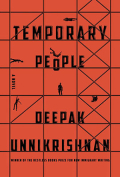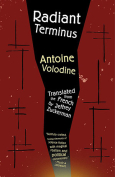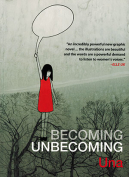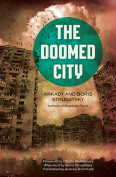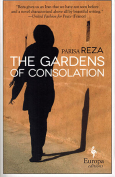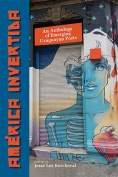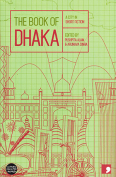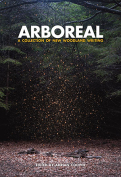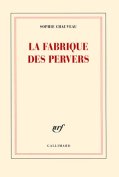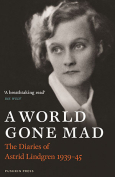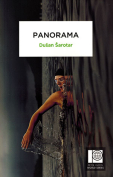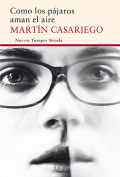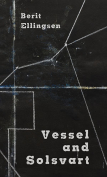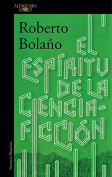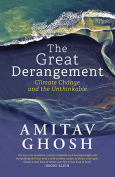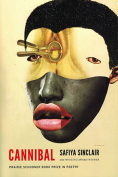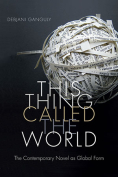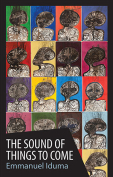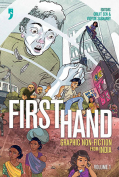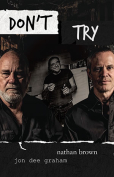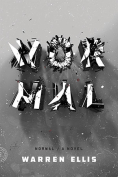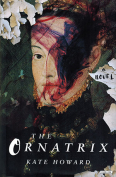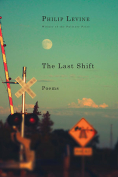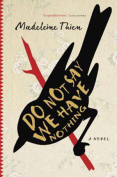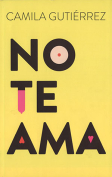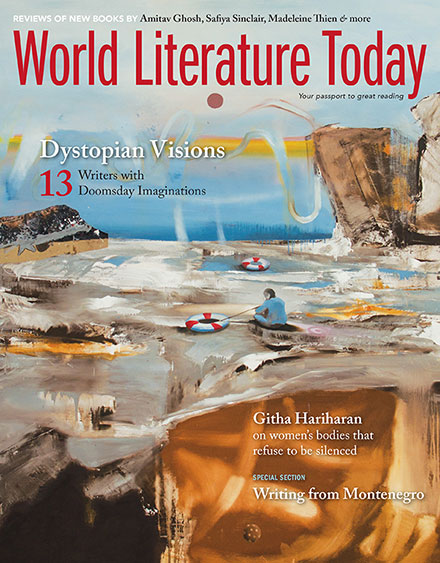The Sound of Things to Come by Emmanuel Iduma
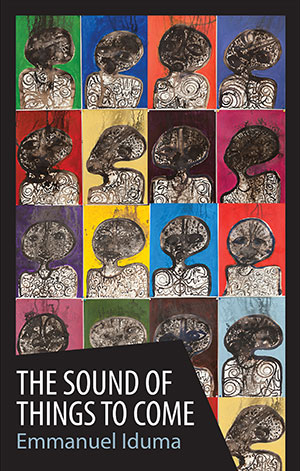 Astoria, New York. The Mantle. 2016. 221 pages.
Astoria, New York. The Mantle. 2016. 221 pages.
The Sound of Things to Come, a novel in eight apparently unlinked stories, portrays educated urban Nigerians. Its context external realities during and after Sani Abacha, its content the existential despair of characters shadowed by death, this demanding novel evokes the mystery of being.
Subtle threads connect disparate narratives wherein perspectives shift from third to first person, time shuttles back and forth, and ostensibly unrelated characters appear, vanish, and sometimes reappear elsewhere, often tangentially. But a central plot emerges that links the politics of church and state: the life of Ife’s academic community and the election for director of its interdenominational choir. Despite small stakes, the applicants scheme and the maddened loser seeks revenge. Church hierarchy thus mirrors the nation’s, inviting corruption while promising influence to those whose narrow vision equates self-worth with control.
Style and thematic matrix create a sense of the uncanny. Terse but lyrical prose and often-cryptic dialogue suggest hidden depths. Woven throughout are fragments of a shared postmodern culture that brackets Dostoyevsky and Kate Chopin, Eliot and Mia Couto, Hollywood and Nollywood, Europop and hip-hop, email and Twitter, elliptical quotes, as from Tóibín’s The Story of the Night and Mercier’s Night Train to Lisbon, and bits of songs that sign both angst and “a new dawn,” like Michael Bublé’s cover of “Feeling Good” and Colbie Caillat’s “The Little Things.” Together they convey alienation and the thirst for connection and meaning.
These characters confront the enigma of living within universal binaries—for example, time/eternity, finitude/infinity, life/death, motion/stasis, freedom/prison. No easy task, as one suggests: “I could not calculate a simple formula for existence.” Some, “trained not to see,” adopt a willed blindness, a “fence in the head” that perpetuates cultural, religious, and ethnic stereotypes. Thus, when a young girl dies, having left home to create the music that “fills her” and heals another “wanderer,” her parents cling to their belief that she is “not one of us.” And two fathers come to understand that their refusal to transcend “inexhaustible boundaries” alienated their sons.
But narrative empowers others to brave the unknown and seek themselves. The inherent structures of psychiatry, philosophy, and art (especially literature, music, and photography) nurture memory and develop a vision that can detect “patterns in a patternless life” and engage with “the unknown parameters of existence.” Pursuing clues in “the narrative of the subconscious,” these characters learn to locate the spark (the novel’s first edition was entitled Farad—electrical charge) that “moves a man to go ashore.” As the prescient Debbie counsels Frank and Goody early on, “We are all psychiatrists.” Her words internalized, these two evolve from the first to the final story. Goody, Frank’s “memory,” leaves her soldier husband, choosing life above security, while Frank prepares to help the would-be choir director regain his vision.
Rejecting power as meaningful goal, this intricate puzzle novel, its medium the message, hauntingly bares the psyches of its characters, like all of us “travelers whose trip is ending,” for whom “The story is a tragedy / But it’s a story nonetheless.”
Michele Levy
North Carolina A&T University
Get the book on Amazon or add it to your Goodreads reading list.
